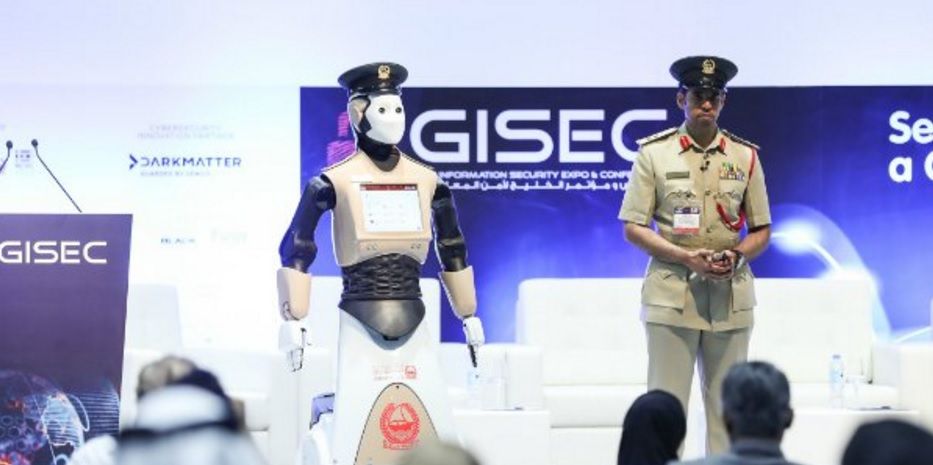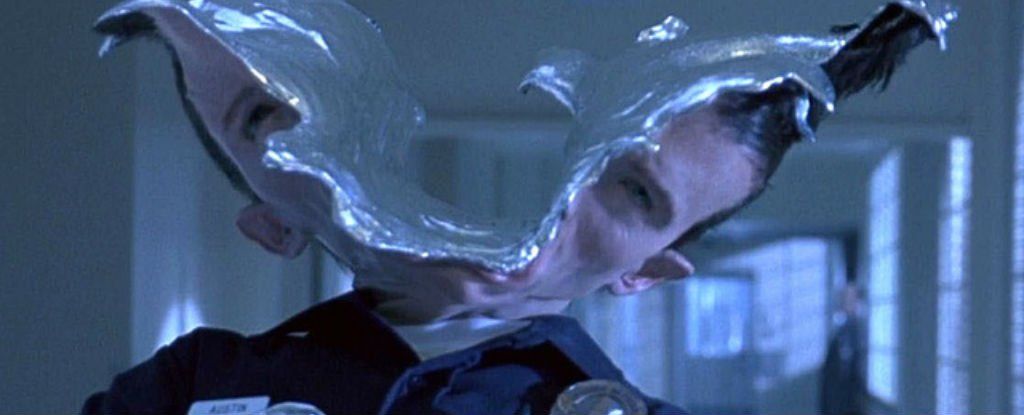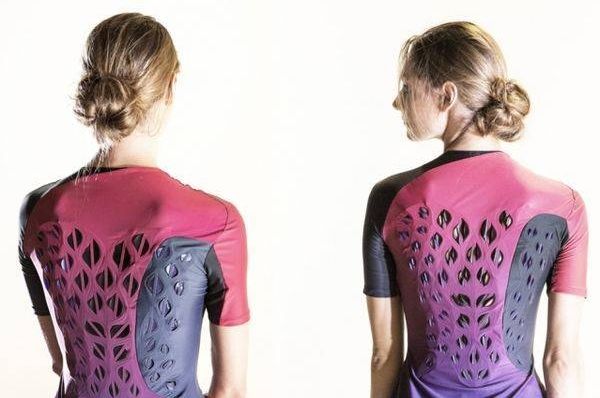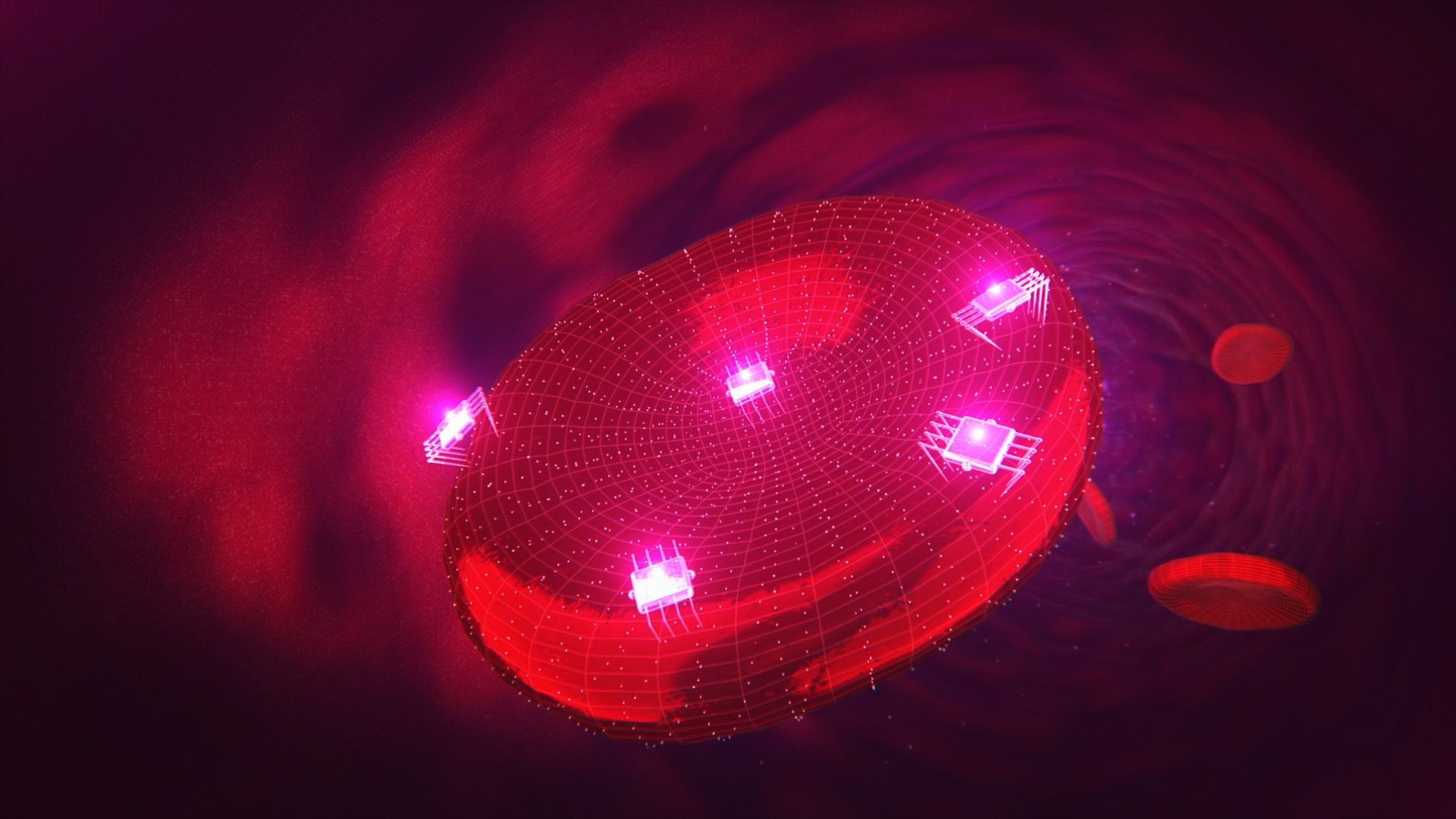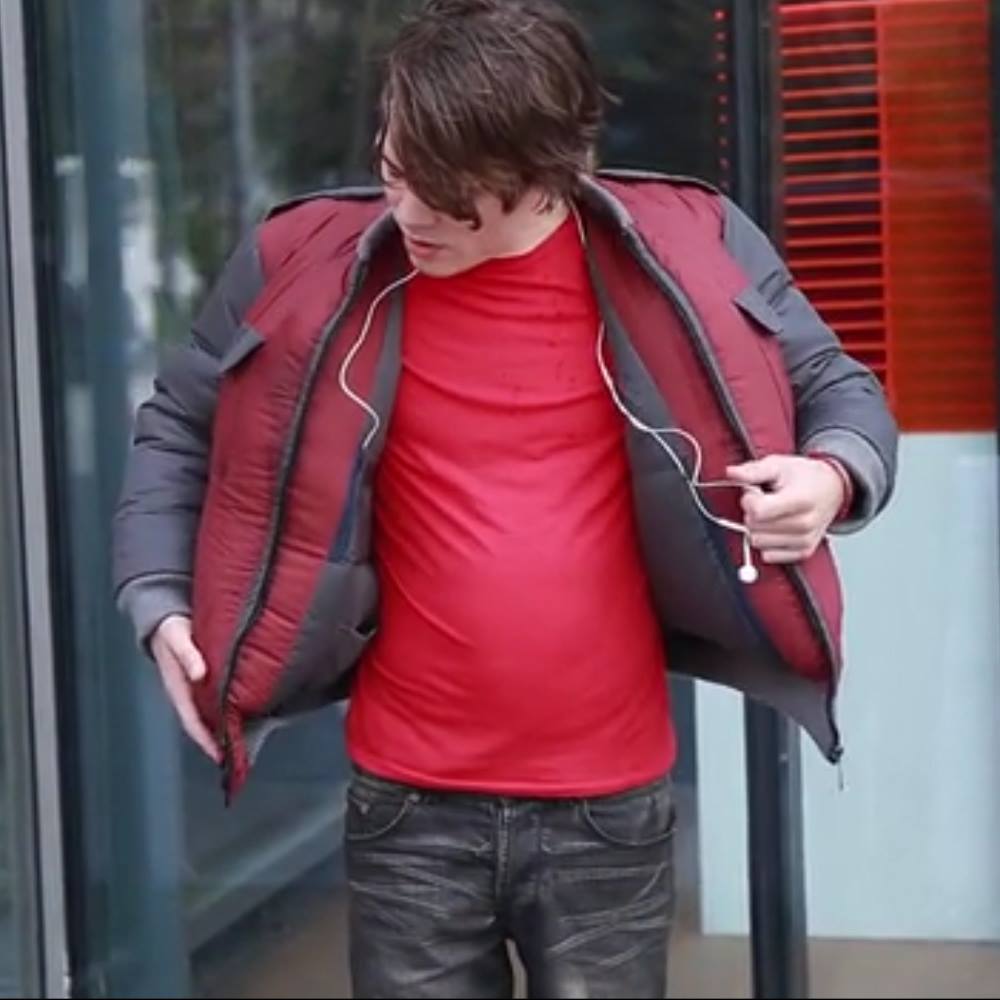A robotic police officer is making its debut on the streets of Dubai tomorrow night — and I hope everyone there has watched Robocop.
The uniformed bot greeted visitors to the Gulf Information Security and Expo Conference. After the conference wraps on Tuesday, it will be deployed to the streets of Dubai.
The robot rolls around on wheels. It can salute, bow, speak in multiple languages, and recognize hand gestures from up to 1.5 meters away, according to the Khaleej Times. It also has a tablet lodged in its chest which civilians can use to report crimes, according to The Daily Mail. It was designed by the Dubai police, with assistance from IBM’s Watson and Google.
